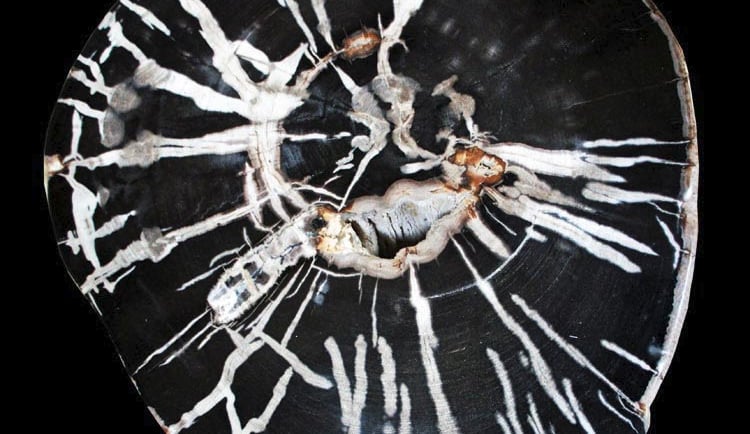Caring for polished petrified wood
Blog post description.
5/27/20253 min read


Caring for Polished Petrified Wood: Essential Tips
Polished petrified wood showcases nature's artistry at its finest—ancient trees transformed into gleaming stone that reveals stunning patterns and vibrant colors. These finished pieces require specific care to maintain their lustrous surfaces and protect their beauty for years to come.
Understanding Polished Surfaces
Polished petrified wood has been ground and buffed to create smooth, reflective surfaces that highlight the stone's natural patterns. This polishing process removes the protective weathered outer layer, making the surface more susceptible to scratches and dulling from improper handling or cleaning.
The polish typically ranges from a satin finish to a mirror-like gloss, depending on the final grit used during preparation. Higher polish levels show more detail but require more careful maintenance to preserve their brilliance.
Daily Care and Handling
Always handle polished pieces with clean hands to minimize fingerprints and oil transfer. Support larger specimens from underneath, avoiding contact with polished surfaces whenever possible.
Store pieces where they won't touch each other—even minor contact can cause scratches on polished surfaces. Use soft cloth separators or individual padded compartments. Avoid stacking pieces or allowing them to slide against storage surfaces.
Polished petrified wood can handle direct sunlight, though prolonged exposure may cause some black colors to fade. These can typically be restored using stone polish if needed.
Cleaning Polished Surfaces
Regular dusting with a soft, lint-free cloth maintains the polish and prevents buildup that can dull the surface. Microfiber cloths work excellently for this purpose.
For deeper cleaning, use lukewarm water with a drop of mild dish soap. Apply with a soft cloth using gentle circular motions, then rinse with clean water and dry immediately with a lint-free towel. Never use abrasive cleaners, scrubbing pads, or harsh chemicals that can damage the polish.
For stubborn fingerprints or water spots, slightly dampen a cloth with white vinegar, clean gently, then rinse and dry thoroughly. This method also helps restore some luster to surfaces that have begun to dull.
Maintaining the Polish
Over time, even careful handling can cause polished surfaces to lose their luster. Professional re-polishing may be necessary every few years for display pieces that receive regular handling or are exposed to dust.
You can extend the time between professional treatments by applying quality wax products. Natural beeswax works exceptionally well for maintaining polish and protecting the surface. Renaissance Museum Wax, designed specifically for preserving valuable objects, provides excellent long-term protection. Apply either product sparingly with a soft cloth, allow to set, then buff to restore shine. Test on an inconspicuous area first.
Display Tips
Position polished pieces where their surfaces catch and reflect light beautifully—they can tolerate direct sunlight, though you may want to rotate them occasionally for even exposure. LED accent lighting works well for highlighting the stone's patterns without generating excessive heat.
Use stable surfaces and consider placing small felt pads underneath pieces to prevent sliding and scratching against display surfaces. Rotate pieces occasionally to ensure even light exposure.
Display cases with glass or acrylic covers protect from dust and handling while allowing full appreciation of the polish and patterns. Ensure adequate ventilation to prevent humidity buildup inside cases.
Protecting Your Investment
Create a simple maintenance schedule: dust weekly, deep clean monthly, and inspect quarterly for any developing issues. Address problems early to prevent permanent damage to the polished surface.
Document your pieces with photographs that capture their current condition and polish quality. This record helps track any changes over time and can be valuable for insurance purposes.
Consider the value of professional conservation for particularly special pieces. A skilled lapidary can restore damaged polish or even improve upon the original finish while preserving the stone's natural character.
Conclusion
Polished petrified wood represents both ancient natural history and modern craftsmanship. With proper care focused on protecting those gleaming surfaces, these stunning pieces will continue to showcase their fossilized beauty and intricate patterns for generations. The key is gentle, consistent maintenance that preserves the polish while respecting the stone's geological heritage.
